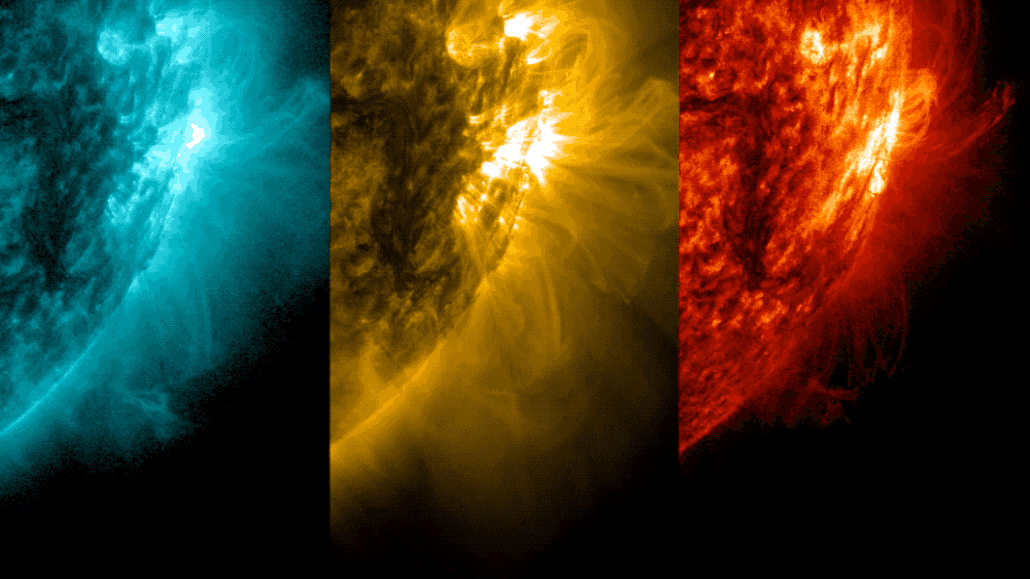
Planets
The surface of Venus is morphing
Circular landforms speckling Venus' surface may be the work of tectonics — similar to the forces that reshape Earth’s surface.
By Nikk Ogasa
Come explore with us!

Circular landforms speckling Venus' surface may be the work of tectonics — similar to the forces that reshape Earth’s surface.

In an early reshuffling of the solar system, comet collisions and other space rocks could have sent dusty bits falling to Titan’s surface.

Astronomers have captured polarized light coming from the Milky Way’s supermassive black hole. This offers insight into its magnetic fields.

Here’s what causes the sun’s 11-year cycle of activity and what it means for us on Earth.

The sun’s corona can only be seen without special instruments during a total solar eclipse.

If trees could act as natural antennas, one physicist proposes that they just might pick up signals of hard-to-spot ultra-high energy neutrinos.

A total solar eclipse will race across North America on April 8, 2024, providing a rare opportunity for both scientists and casual observers.

Meteorites are bits of space rock that have crash-landed on Earth — or on another celestial body.

This roughly 11-year cycle in the sun’s activity can affect space weather that messes with Earthly technology.

Researchers are trying to figure out the recipe of atmospheric conditions that creates this aurora-like light show.